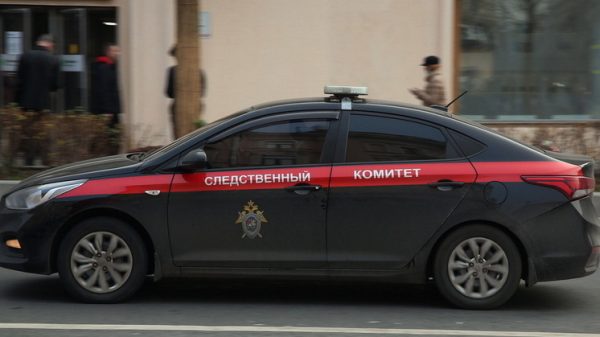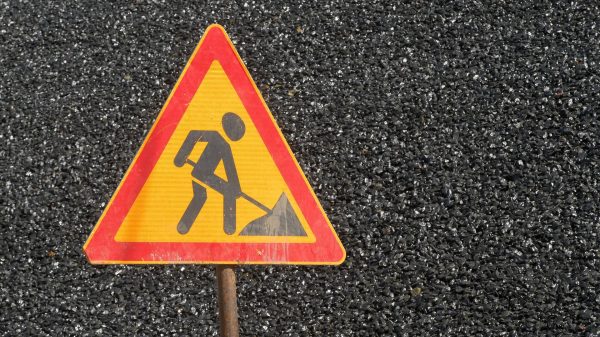On Monday, Boris Johnson announced his roadmap for lifting all Covid restrictions by 21 June but faced criticism from some Conservative MPs for not providing for a speedier return to normal life. Here is some of the evidence the government and its scientific advisers have been considering, outlining the risks of lifting restrictions too early.
Deaths
Based on modelling by Warwick University and Imperial College London, the Scientific Pandemic Influenza Group on Modelling (SPI-M), a subgroup of the Scientific Advisory Group on Emergencies (Sage), warned that “rapid relaxation [of restrictions] results in a very large wave of hospitalisations and deaths”.
It said that if all restrictions were lifted by 26 April (scenario one), even under the most optimistic of assumptions, including 4m doses of vaccine a week from 22 March, there would be “another wave comparable in size to January 2021, resulting in a further 62,000 to 107,000 deaths in England”. More pessimistic vaccine efficacy led to a prediction of 102,000 to 176,000 further deaths.
Explaining the likely resurgence were restrictions lifted earlier, SPI-M says: “There are still many people in vulnerable groups who do not have protection; neither directly (either because they have not been vaccinated or because their vaccination has not prevented them from becoming infected then ill) nor indirectly from wider population immunity (because many younger age groups have not yet been vaccinated or infected).”
Hospital admissions
With warnings that the NHS is “on its knees” after three waves of the pandemic, ensuring it is not overwhelmed by a fourth wave is one of the key factors in the decision about whether to lift restrictions.
For its paper, discussed by Sage on 4 February, SPI-M asked University of Warwick and Imperial College to model four scenarios, with scenario one envisioning the earliest return to minimal measures (26 April) and scenario four the latest (2 August). SPI-M said: “All four scenarios modelled lead to a substantial resurgence in hospital admissions and deaths.” It found the models from the two universities to be in “remarkable quantitative agreement about hospital admissions”.
Daily admissions for Covid peaked at 4,134 on 12 January, but on Monday stood at 904. The most optimistic interpretation of scenario one in Warwick’s modelling suggested a resurgence in admissions later this year, peaking at between 4,000 and 6,500 admissions a day.
Hospital occupancy
In the same document, SPI-M said: “Unless vaccine efficacy is significantly better than assumed here, it is highly likely that hospital occupancy would be higher than that seen in January 2021, if all restrictions are lifted by the start of May, even under the optimistic vaccine rollout scenario modelled here of 4m doses per week from the end of March.”
The number of beds in England occupied by Covid patients peaked on 18 January, at 34,336. This has since fallen (the figure was 14,137 on Monday) but the modelling warned of a reverse if restrictions were lifted too early. Under the most optimistic interpretation of scenario one, Warwick’s modelling suggested occupancy of approximately 20,000 to 50,000 beds.
SPI-M wrote: “Relaxation of current restrictions would be safer the lower the prevalence and hospital occupancy reached before any relaxations commence. This would give a longer time window to respond if it becomes apparent that the relaxation of measures is leading to an unsustainable rise in hospital admissions. Lower prevalence of infection will also reduce the risk of the evolution of new variants.
“Hospital occupancy is still very high and will remain so for a significant length of time. SPI-M-O’s [the operational subgroup’s] medium-term projection of hospital occupancy in England on 8th March is between 5,600 and 12,1001.”
Avoiding another lockdown
It is universally agreed on all sides of the argument that avoiding another lockdown is vital, whether to preserve people’s mental health or to prevent businesses being forced into closure or to lay off employees. SPI-M makes clear that lifting restrictions in haste would risk a fourth national lockdown based on the modelling.
It states: “As restrictions are relaxed virus transmission will increase. The more slowly restrictions are relaxed, the greater the number of hospitalisations and deaths prevented by vaccination and hence it would be less likely that restrictions would need to be reimposed later to avoid hospitals being put under extreme pressure. Rapid relaxation results in a very large wave of hospitalisations and deaths.”
Johnson has left a minimum of five weeks between each stage of restrictions being lifted and this, again, is supported by the evidence presented by SPI-M. It says: “It is much less likely that restrictions would need to be reimposed if an approach were taken in which each step was followed by a careful evaluation of data before any further unlocking was allowed. Several weeks between steps are required to determine if that change has significantly increased transmission.”






















































Свежие комментарии